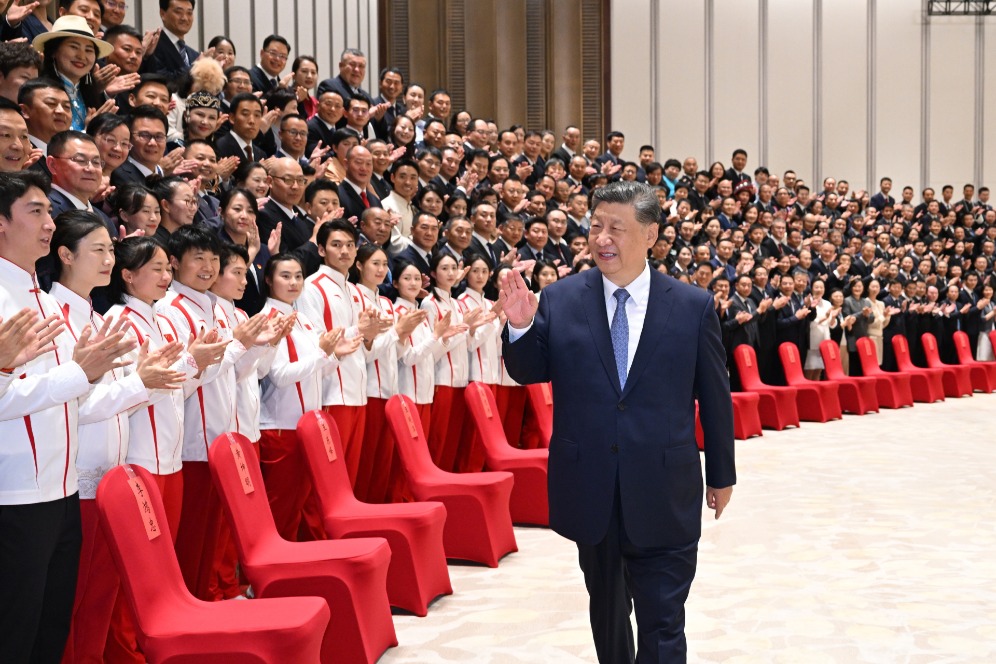A cut above
A rural woman finds fame and fortune through her obsession with ancient folk art, Wang Ru reports.

Li Baofeng recalls spending her childhood days painting and creating paper-cuts. Some villagers teasingly asked her: "You draw and cut every day. Can you make a living from that?"
After many years, their casual words have unexpectedly come true, and the poor village girl has become a folk artist famous for her paper-cutting.
The 54-year-old recently took part in a reality show, in which her paper-cutting skills were marveled at by the audience because, thanks to her own special technique, the art she produces looks as vivid as oil paintings.
"Traditional paper-cut images are often made using red paper, which seems a little boring. So I want to create images that use multiple colors, which may even have some three-dimensional effects and seem to have different layers, making them more vivid," says Li.
She cuts each color of paper as a layer, and then pastes the layers together to form the image. Each of her works is made of dozens of layers, and each layer is made using only one sweeping cut without stopping.
Not only that, but the paper she uses for cutting is tailored for each specific piece. "For example, when I wanted to create some works to show the grottoes in Dunhuang, Gansu province, I used thick paper to show that the place is laden with history, as normal paper would not have the desired effect."
On the other hand, her works depicting people always employ many layers, which require each layer to be thin enough to be pasted together and still look natural.
Since Li's works are often sold to private collectors or as gifts, the paper is also made to last so that the colors will not fade.
According to painter Li Zijian: "Li Baofeng's paper-cutting realizes a harmony of scissors and paper. They combine both traditional and creative techniques, and show both true-life depictions and the inner essence of different themes."
"Scissors are still scissors," Li says. "Techniques are improved based on the traditional techniques, and I pay special attention to the cultural connotations behind my works, showing a lot about Chinese literature, folk life and folk stories," says Li.
Her representative series about the ancient Chinese classic, The Dream of the Red Chamber, includes more than 100 works depicting the 120 chapters of the book. The very first one, called Grand View Garden, attracted a lot of attention when it was exhibited in Beijing in 1999.
Li recalls how she created the work. "I was an art teacher in an elementary school in my hometown, where I had a studio to do paper-cutting in my free time. I rode a bike to school every day in the early morning to read some picture books about the novel to figure out the plots and learn the personality traits of characters in the story and about the food, clothes and architecture depicted in the book to create the piece."
She was honored as an excellent teacher in Jilin province by the local government, and was given a chance to participate in a field trip to Beijing when she was creating the work. During the trip, she and other members of the excursion were arranged to visit Beijing Grand View Garden, a garden that reproduces the landscape of the characters' dwellings in The Dream of the Red Chamber.
When they arrived at the garden, it rained heavily, and other members of the group decided to stay on the bus, but Li insisted on visiting the attraction.
"I didn't bring an umbrella, so I just ran as fast as I could around the garden and took a quick look, but I still realized there was a big gap between images in my work and those shown by the statues and paintings in the garden. The scenes in the garden impressed me a lot and urged me to improve my work when I returned home," says Li.
She worked on the piece for about three years, and finally showed 55 characters of the book in the 3-meter-long and 1.5-meter-high work. "I cut each character's front and side look many times and became obsessed with it.
In 2010, former president Hu Jintao received Kim Jong-il, then leader of the Democratic People's Republic of Korea, in Changchun, and sent a work of Li's to Kim as a national gift. Over the years, she has been invited to exhibit her work in many countries, including Russia, Japan, France and Germany, and she always gives a demonstration of her cutting skills at the exhibitions, arousing a great deal of interest from visitors.
Born in a remote village in Shuangyang county in Changchun, Jilin province, in 1966, Li learned needlework and paper-cutting from her mother in childhood and grew an intense interest in the latter.
Although she dropped out of school in her teens and engaged in farm work, she didn't give up the hobby, and seized the chance to become an auditor at a local vocational high school with more than 400 paintings and paper-cuttings she had made in her free time. After graduation, she was hired as an art teacher at a local elementary school and became famous thanks to her paper-cutting skills. She later resigned and started her own business, selling customized artworks. Each one takes between two months to one year to produce and is sold for anything from tens of thousands to several million yuan.
Li highlights the importance of innovation in folk art's development.
"We need to endow traditional folk art with greater cultural meaning," she says.
"We should create work to suit the aesthetic standards of modern people, so that the skills can be passed down to future generations."

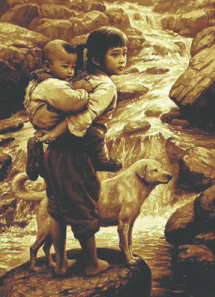
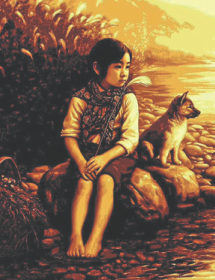
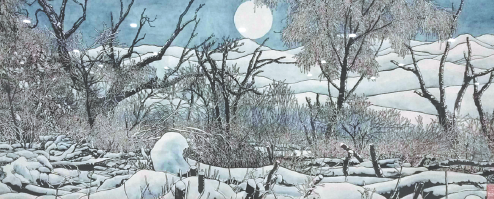
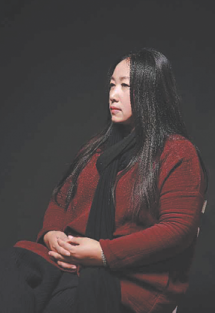
Today's Top News
- China's consumer prices creep up in October
- Fresh opportunities seen in China
- Xi meets IOC chief and its honorary president
- National Games an embodiment of China's strength, unity and progress
- Xi declares 15th National Games open
- Xi attends opening ceremony of 15th National Games




















